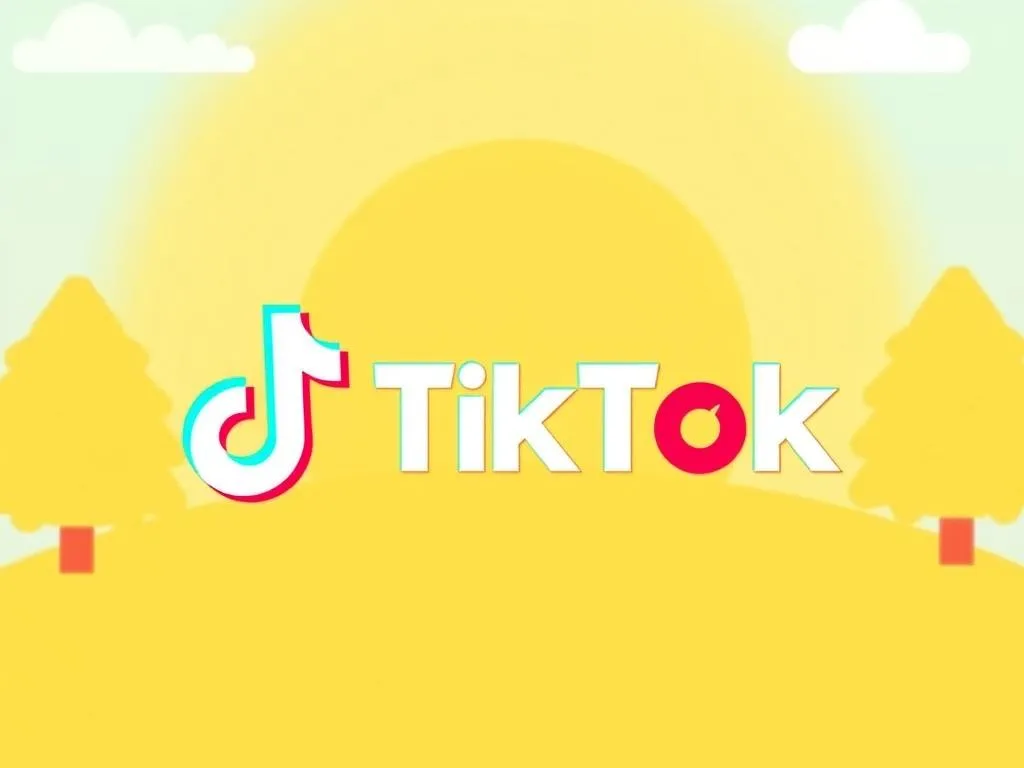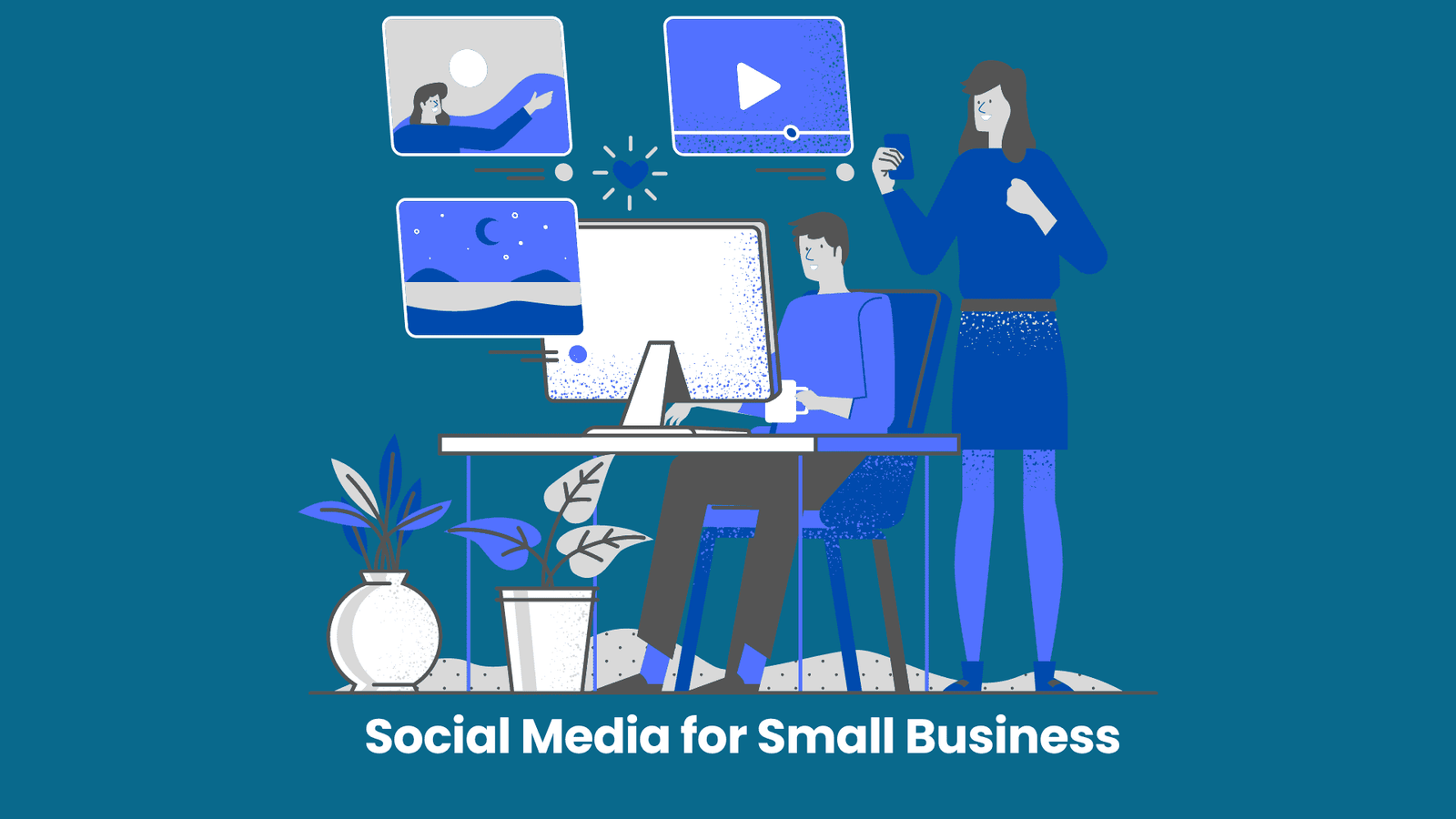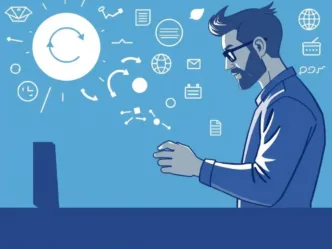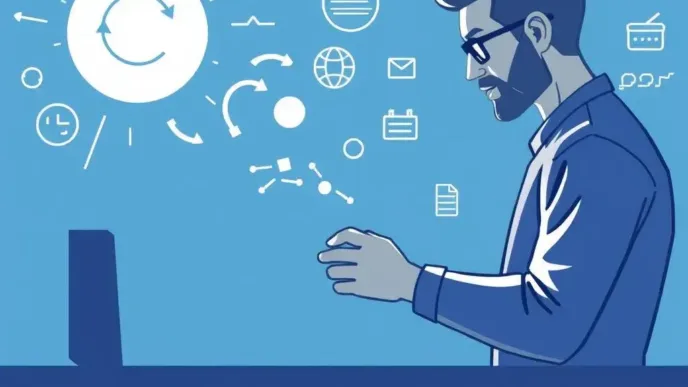Is TikTok safe to download and use now in 2025? Explore data privacy concerns, security measures, government actions, and expert opinions to help you make informed decisions while using the app. Stay safe with practical tips for enhanced security on TikTok.
Is TikTok Safe to Download and Use Now? A Comprehensive Guide
TikTok’s safety remains debated due to data privacy concerns and Chinese ownership. While it has implemented measures like data encryption and two-factor authentication, experts caution about potential risks. Users should take precautions, such as adjusting privacy settings and enabling two-factor authentication, to enhance their safety while using the app.
Introduction
What does it mean to feel safe using a social media app like TikTok in today’s digital world? With over a billion monthly users worldwide, TikTok has transformed how we create and consume short-form videos, offering endless entertainment and creativity. Yet, its popularity comes with significant scrutiny over data privacy, security vulnerabilities, and potential ties to the Chinese government through its parent company, ByteDance.
As of 2025, with regulatory actions like a potential U.S. ban looming, many users are asking: Is TikTok safe to download and use now? Through a Socratic exploration, this article invites you to reflect on TikTok’s safety, asking thought-provoking questions to uncover its data practices, security measures, regulatory challenges, expert opinions, and user precautions. Whether you’re a casual user, a content creator, or a concerned parent, this guide will help you navigate TikTok’s complex safety landscape.
What Is TikTok and Why the Safety Concerns?
What makes TikTok different from other social media platforms, and why does its safety spark debate? TikTok, launched in 2018 by ByteDance, allows users to create, edit, and share short videos, leveraging a powerful algorithm to curate personalized feeds. Its global reach—over 2.5 billion users, including 170 million in the U.S.—has made it a cultural phenomenon.
However, its Chinese ownership raises concerns about data privacy and national security, particularly due to China’s 2017 National Intelligence Law, which could compel companies to share data with the government. How might this law affect your trust in TikTok? Could the app’s extensive data collection practices amplify these worries?
Data Privacy Concerns
What kind of information might TikTok collect when you use the app, and how could it be used? TikTok gathers a wide range of data, including:
- User-Provided Data: Name, age, email, phone number, and profile details.
- Device Information: IP address, device identifiers, operating system, and mobile carrier.
- Usage Data: Videos watched, likes, comments, search history, and time spent on content.
- Location Data: Country, city, and sometimes precise GPS data if enabled.
- Biometric Data: Keystroke patterns or rhythms, which can identify users based on typing or swiping behavior.
- Third-Party Data: Information from partners or other users, such as contact lists if shared.
Unlike some platforms, TikTok collects unique data like keystroke dynamics, which can reveal behavioral traits. While TikTok claims it doesn’t sell user data, it shares it with third-party partners and advertisers for targeted ads, raising questions about where this data ultimately goes. Why might collecting such detailed information concern users? How could sharing data with third parties impact your privacy?
Security Vulnerabilities
Could TikTok’s app itself pose technical risks, like malware or hacking vulnerabilities? Research indicates that TikTok does not contain malware, making it safe to download from official app stores like Google Play or Apple App Store. However, past issues, such as a 2020 clipboard access problem where TikTok was caught reading user clipboards, raised red flags. TikTok resolved this by removing the feature, citing it as an anti-spam measure.
No major data breaches have been directly attributed to TikTok, but its extensive tracking capabilities—such as monitoring browsing history and device connections—could be exploited if vulnerabilities arise. How might these tracking practices affect your sense of security? Could the lack of transparency in TikTok’s security measures make you cautious?
Government and Regulatory Actions
What actions have governments taken to address TikTok’s safety concerns, and what might they mean for users? In the U.S., a 2024 law signed by President Biden requires ByteDance to sell TikTok by January 19, 2025, or face a nationwide ban, citing national security risks like potential data access by the Chinese government. The ban was briefly enacted in January 2025 but delayed by executive orders, with ongoing legal challenges arguing it violates free speech.
Several states and universities have banned TikTok on government devices and campus Wi-Fi, reflecting fears of espionage or data misuse. Globally, India banned TikTok in 2020, and countries like Senegal and Somalia have restricted it for content or security reasons. How might these bans influence your decision to use TikTok? Could the uncertainty of a potential U.S. ban affect your trust in the app’s future?
| Region | Action | Reason |
|---|---|---|
| United States | Potential ban by January 2025 | National security, data privacy concerns |
| India | Nationwide ban since 2020 | Data privacy, national security |
| Senegal | Blocked in 2023 | Political content concerns after opposition leader’s arrest |
| Somalia | Announced ban in 2023 (not enforced) | Propaganda and indecent content |
| Various Countries | Bans on government devices | Fear of data access by Chinese government |
TikTok’s Responses and Security Measures
What has TikTok done to address these concerns, and are these efforts reassuring? TikTok has implemented several measures to enhance safety:
- Project Texas: Stores U.S. user data on Oracle-managed servers in Texas, with third-party oversight to prevent unauthorized access.
- Transparency Centers: Facilities where companies like Oracle can audit TikTok’s source code and algorithms for security.
- Data Encryption: Claims to use encryption to protect stored data, though details are limited.
- Two-Factor Authentication (2FA): Allows users to enable 2FA for added account security, requiring a code sent via email or SMS.
- Independent Audits: Oracle and other third parties have reviewed TikTok’s systems, finding no major issues.
Despite these steps, critics argue that TikTok’s self-policing under Project Texas lacks sufficient independence, and some U.S. data was accessed by Chinese staff as recently as 2023. How might these measures affect your confidence in TikTok? Could the lack of full transparency undermine their effectiveness?
Expert Opinions on TikTok’s Safety
What do cybersecurity experts say about TikTok’s safety, and how might their views guide your decision? Opinions are divided:
- Skeptical Views: Some experts, like those at CSIS, argue that TikTok’s data collection and Chinese ownership pose significant risks, including potential espionage or manipulation of public opinion. They cite China’s Digital Silk Road initiative, which views data as a national resource.
- Balanced Perspectives: Others, like Mike Thompson in Forbes, suggest TikTok’s risks are comparable to other social media platforms like Facebook or Instagram, which also collect extensive data. They note no concrete evidence of Chinese government spying has been found.
- Cautious Optimism: Security.org states that TikTok is as safe as other platforms if users take precautions, emphasizing that it doesn’t contain malware but requires vigilance against scams.
Why might these differing views reflect the complexity of TikTok’s safety? How could you weigh expert skepticism against the app’s entertainment value?
User Precautions for Safer TikTok Use
What steps can you take to use TikTok more safely? Could simple changes in your habits reduce risks? Here are practical tips to protect yourself:
- Enable Two-Factor Authentication (2FA): Go to Settings > Security and Login > 2-Step Verification to add an extra layer of security with a code sent via email or SMS. Why might 2FA prevent unauthorized access even if your password is compromised?
- Adjust Privacy Settings: Set your account to private, control who can view or comment on your videos, and disable location tracking in Settings > Privacy. How could these settings limit data exposure?
- Limit Shared Information: Avoid sharing sensitive details like your full name, address, or financial information. What personal information are you comfortable sharing on TikTok?
- Keep the App Updated: Regularly update TikTok to ensure you have the latest security patches. Check for updates in your app store. Why might outdated apps be more vulnerable?
- Beware of Scams: Avoid clicking suspicious links or responding to unsolicited messages. How could recognizing phishing attempts protect your account?
- Use Antivirus Software: Install reputable antivirus software to guard against malware or phishing attempts. What additional tools might enhance your device’s security?
- Monitor Account Activity: Check for unrecognized logins in Settings > Security and Login > Manage Devices. Why might regular checks catch issues early?
For parents, TikTok offers features like restricted direct messaging for users under 16. How could these controls make TikTok safer for younger users?
Conclusion
What will you do with this knowledge about TikTok’s safety? As of 2025, TikTok remains a vibrant platform for creativity and connection, but its extensive data collection and Chinese ownership raise valid privacy and security concerns. While the app employs measures like encryption, Project Texas, and 2FA, doubts persist about their effectiveness, especially with a potential U.S. ban looming.
Experts are divided, with some viewing TikTok as a unique risk and others seeing it as comparable to other social media platforms. By taking precautions like enabling 2FA, adjusting privacy settings, and staying vigilant, you can use TikTok with greater confidence. Reflect on your priorities—do the app’s benefits outweigh its risks for you? Stay informed about regulatory changes and make choices that align with your comfort level to enjoy Is TikTok safe to download and use now in 2025? Now you may understand is or not.











Leave a Reply